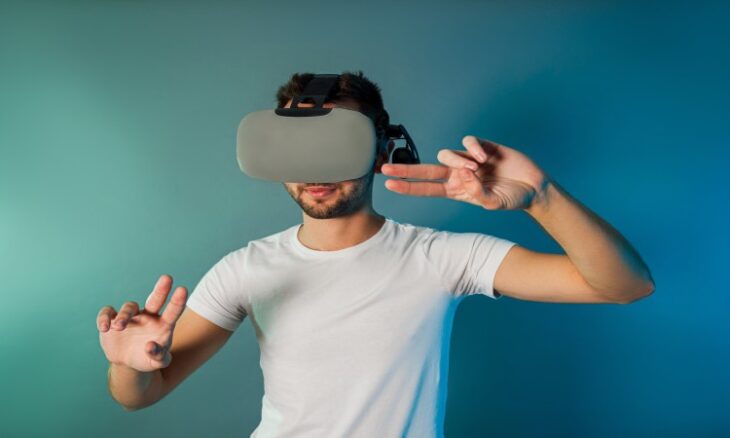Samsung launches Galaxy XR at $1,799
Samsung completed a lengthy period of anticipation on 21 October by revealing its new mixed-reality headset, the Galaxy XR, at an online product launch. The announcement marked the end of a development cycle that began publicly in early 2023, when Samsung confirmed work on extended reality devices in partnership with Google and Qualcomm. The new headset bears technological and conceptual similarities to established rivals, but the company introduced it at a price point significantly below some competitors.
The Galaxy XR is offered immediately for sale in the United States and South Korea at a manufacturer-suggested retail price of $1,799. The launch positions Samsung to reach a wider market by undercutting more expensive headsets while delivering many of the same core capabilities. Industry observers noted that the cost differential could alter consumer uptake and prompt competing makers to reconsider pricing strategies.
Under the bonnet, the device is powered by a Snapdragon X2 Plus Gen 2 chipset designed to handle the demands of real-time mixed-reality computing. It runs on the Android XR platform, a version of Android adapted for immersive experiences, and includes an on-device Gemini Assistant to handle local voice and AI tasks. Several widely used Google apps have been optimised for the platform, reflecting close collaboration between Samsung and Google during development.
Battery life is driven by an external pack, which the company says will support around two hours of general use or approximately two and a half hours of continuous video playback. The modular battery arrangement allows the headset itself to remain relatively light, transferring weight to the external unit. That arrangement will influence user comfort in extended sessions and inform comparisons with tethered and self-contained rivals.
Samsung has also announced a purchaser incentive called the Explorer Pass, which bundles a year of subscriptions and services with each headset. The package includes Google AI Pro capabilities, a year of YouTube Premium, and Google Play Pass, among other perks, creating an ecosystem of content and services designed to improve the out-of-the-box experience. The move mirrors broader industry trends that pair hardware launches with bundled digital services to increase perceived value.
The product sheds a previously used internal codename. Development had been referenced publicly as Project Moohan, a working title that the company has now retired in favour of the consumer-facing Galaxy XR brand. That change clarifies the product’s place in Samsung’s portfolio and aligns its naming with the existing Galaxy family.
Beyond the headset itself, Samsung confirmed ongoing plans to expand its Android XR ecosystem to encompass additional devices, including augmented-reality glasses. The company is working with eyewear and fashion partners, collaborating with Warby Parker and Gentle Monster to explore form factors and retail approaches for future AR products. These partnerships point to a multi-pronged strategy that combines hardware engineering, fashion sensibility and retail distribution.
The timing of the announcement follows the establishment of the Android XR software platform by Google late in 2024, which provided clearer software foundations for manufacturers planning immersive devices. Samsung’s public roadmap had suggested a 2025 arrival for its headset; the company met that timetable and has moved directly to commercial availability in key markets. Early sales figures and independent reviews will determine how the Galaxy XR performs against established devices and whether its lower price translates into meaningful market share or prompts rivals to adjust their offerings.
Overall, the Galaxy XR launch represents a calculated effort by Samsung to enter the mixed-reality market at scale. The combination of an accessible price, a modern chipset, integrated AI and bundled services reflects a strategy aimed at mainstream adoption rather than niche, high-end positioning. Over the coming months, availability, third-party app support and user feedback will reveal whether that strategy produces the desired results.










